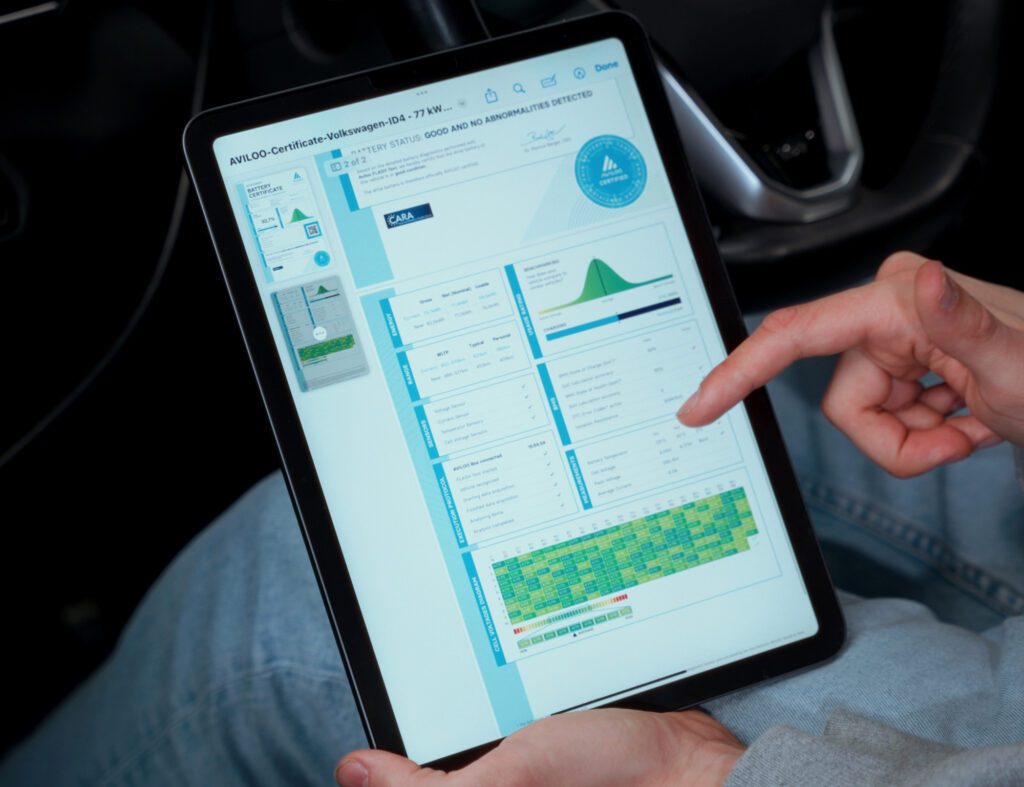
The New York State Energy Research and Development Authority (NYSERDA) has announced the expansion of the New York Truck Voucher Incentive Program to include new zero-emission agricultural, construction, rail, and warehouse off-road equipment and Class 3 vehicles. Manufacturers can now apply for eligibility to offer their off-road equipment and vehicles through the program, which provides vouchers or discounts to fleet operators that purchase or lease medium- and heavy-duty electric vehicles and equipment.
Manufacturers are invited to submit applications for their vehicles or equipment—including terminal tractors, construction and agricultural equipment, large forklifts, freight locomotives, airport ground support vehicles, and transportation refrigeration units (TRUs)—to become eligible under the program. Dealers can also apply to participate in the program starting on July 14.
An additional $53 million in program funding will become available in August after the expanded equipment and truck manufacturers and dealers have enrolled to participate. The new guidelines offer incentives of up to $340,000 for a battery-electric truck, up to $425,000 for a fuel cell truck, and up to 45% of the base cost for off-road equipment. Additionally, bonus incentives are available for small fleets, fleets operating in disadvantaged communities, and for fleets that voluntarily scrap an older diesel/gasoline vehicle. The program also supports transit buses for select transit operators with up to $385,000 per purchase.
NYSERDA President and CEO Doreen M. Harris said, “This expansion of the New York Truck Voucher Incentive Program will help more fleet owners and operators across the state realize the benefits of using cost-effective and quiet zero-emission powered equipment and medium-and heavy-duty trucks.”
Additional incentive programs, such as NY Joint Utility Make Ready Pilot Program and Fleet Electrification Advisory Services, are available from participating utilities. Under the Make-Ready Pilot program, utilities can provide incentives of up to 90% of utility-side infrastructure costs and up to 50% of customer-side costs to qualifying projects to mitigate the cost of developing EV charging infrastructure.
Department of Environmental Conservation Commissioner Amanda Lefton said, “New Yorkers deserve smart environmental policies that protect our air and workable solutions to ensure our communities are able to realize the health and economic benefits of cleaner transportation throughout the state. Despite the current federal administration’s efforts to erode certainty in the ongoing transition to cleaner vehicles, New York State will continue to act to protect our air, lands and waters.”
Source: NYSERDA





